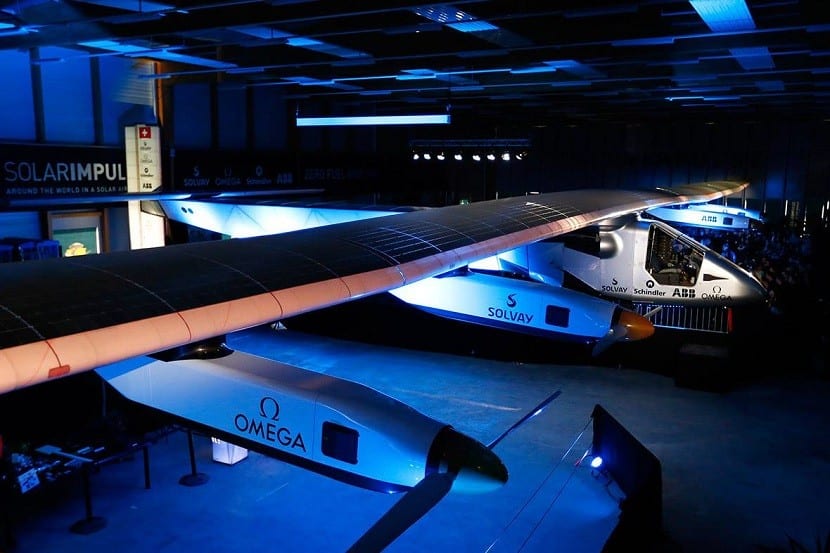
The car is not the only one getting on the electric car. Aviation also points in that direction, even commercial, although there are still a few years to become a palpable reality, as it is today to see a BMW i3, a Nissan Leaf or to a lesser extent a Tesla on our roads.
An American startup, Wright Electric, has set itself a very ambitious goal: to develop an electric aircraft in the next 10 years, with a capacity of 150 passengers, which can operate flights of less than 300 miles (482 kilometers), a distance slightly less than the one that separates Madrid from Barcelona (504 kilometers).
At the moment, Wright Electric has a collaboration agreement with Easyjet and 10 years ahead to fulfill its promise.
Unfortunately, some voices are not so optimistic. «There are two big problems: the first, getting batteries that store energy, with their weight. The second is to get engines with power similar to those of a current reactor », says Alejandro Ibrahim, aeronautical engineer and director of the Teruel airport.
Wright Electric's plan is to build a warehouse aimed at a very specific sector to cover short routes. These types of flights moved close to $ 87.000 billion last year, all this adding the 967 planes that Boing and AirBus sold.
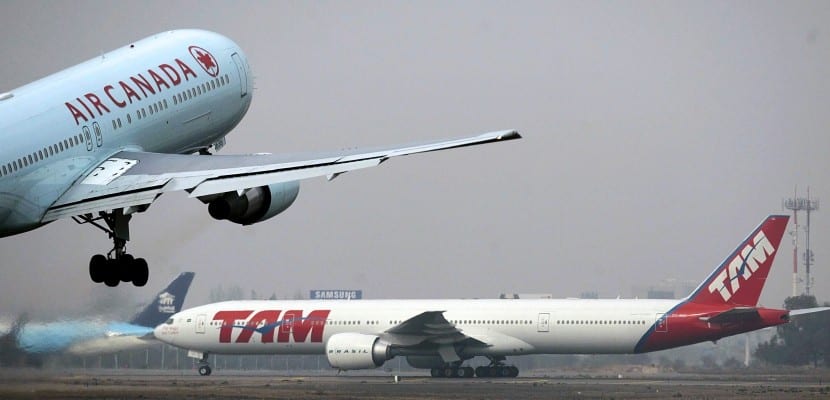
The firm, located in Massachusetts, has pulled an MIT study to show that, in 2003, short flights were the most popular modality among 'narrow-body' aircraft, those that can accommodate about 150 passengers, just the model they intend to manufacture. In the following graph these lines can be seen that the distance traveled by this type of ships is, precisely, the one Wright Electric intends to operate, and that in Spain it would allow travel from Madrid to a large number of airports within the peninsula.
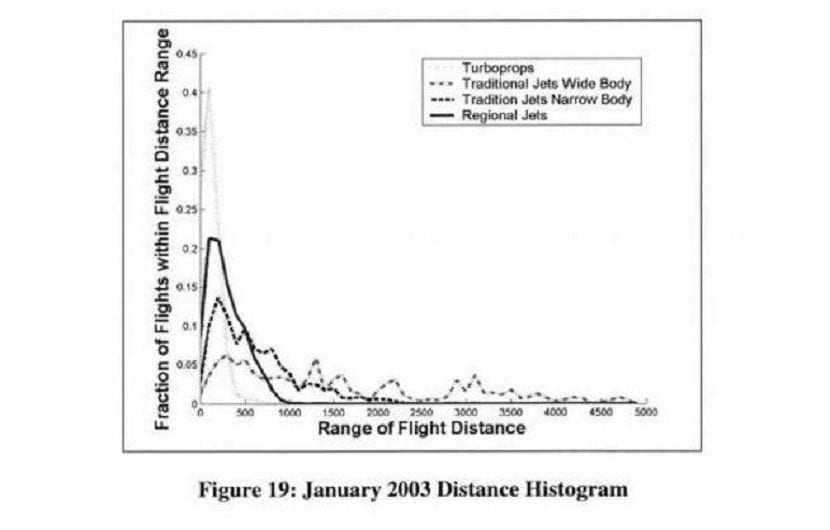
For this, the company has proposed a 10-year plan in which you hope it evolvedn of electrical technology is the one that marks its roadmap. If the efficiency of the batteries has improved enough, they will be able to build 100% electric airplanes. If they have not yet achieved the necessary density, they can bet on a mixture between traditional motors that would charge the ship's batteries and that they would drive electric motors, in the style of what cars like the Chevrolet Volt or the Opel Ampera do today.
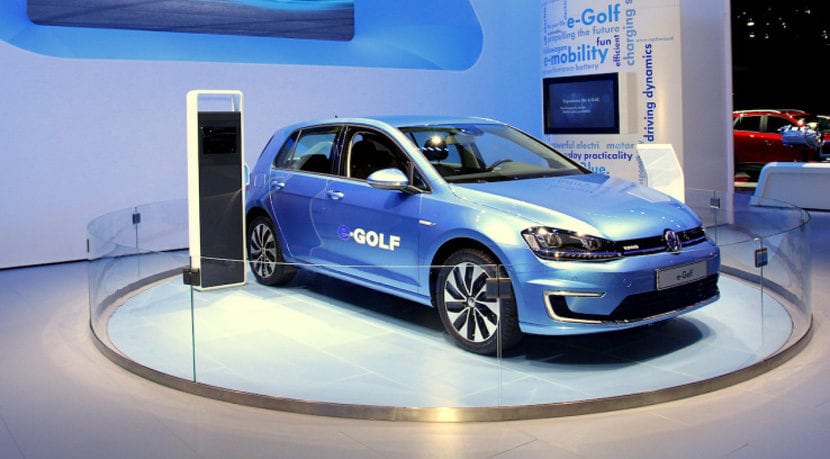
Wright Electric's strategy is committed to maintaining a traditional design that complies with the regulations of the airport authorities and that allow to operate in that 30% of flights operated by narrow-body aircraft whose distance is around 450 kilometers. A market share that the 'startup' values at about 26.000 million dollars.
The company is not the only one that is ambitious about the idea of an electric passenger plane in the medium term. A year ago, Siemens and Airbus signed an agreement to develop electrically powered aircraft so that, by 2030, it will be possible for 100 passengers fly in an airplane of these characteristics. "Electric flight is one of the greatest industrial challenges of our time," he declared at the time Tom enders, CEO of Airbus in Europe.
Easyjet also has other projects on hand to improve the energy efficiency of your flights and, incidentally, reduce CO2 emissions. One of them goes through the use of hydrogen cells that, according to the company, would allow it to save 50.000 tons of fuel per year. How? Storing energy when the craft brakes during landing to move the plane during ground maneuvers. Only in this type of operation do they consume the 4% fuel than Easyjet used for one year.

Oil pumps at sunset
Bertrand Picard, one of the pilots of Solar Impulse II, the plane that went around the world powered by solar energy, also set the same time barrier: "In 10 years we will see electric airplanes that will transport 50 passengers on short and medium-haul flights." Ibrahim is not so optimistic with that border, for a question of the times associated with the design and development of an airplane: «It's a bit optimistic. From design to certification it takes 10 years and when you hand it over to EASA and the FAA [the airport authorities of the European Union and the United States] you already have to define in the plane what you are going to do. In Ibrahim's words, the design and certification process for an airplane prevents improvisation on the fly.
To this section we must add another important point: propulsion. «Solar Impulse, which is a person flying with a gigantic wing, is not the same a plane of 80.000 kilos. The first had eight motors, imagine what an electric one should have, ”says Ibrahim. At the moment there is no propellant that has a power equivalent to a jet one.
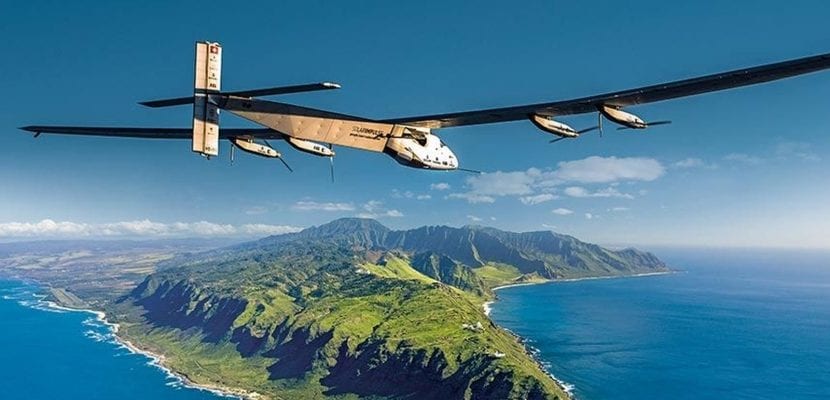
Last summer Airbus flew the E-Fan, a hybrid aircraft with autonomy to stay 30 minutes in the air (figure can be extended to two and a quarter hours thanks to a combustion engine) at one vmaximum speed of 220 kilometers per hour. The fastest vehicle to date is the Long-ESA, which reached 326 km / h in July 2012.
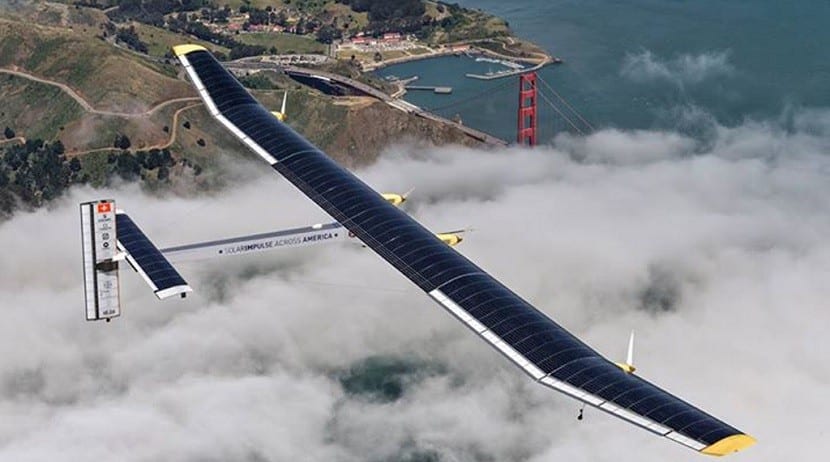
«It is necessary to modify the design of the engines so that they have less weight and more power. And battery storage needs to be vastly improved. In a car, which weighs 1.500 kilos, that is not a problem, but in an airplane it is, because the payload is reduced, "says Ibrahim. Elon Musk, CEO of Tesla, expressed at the time the need for the electrical industry to be able to manufacture batteries with a density of 400 Wh / kg. Higher density Teslas are currently suspected of having batteries that reach 250 Wh / kg.
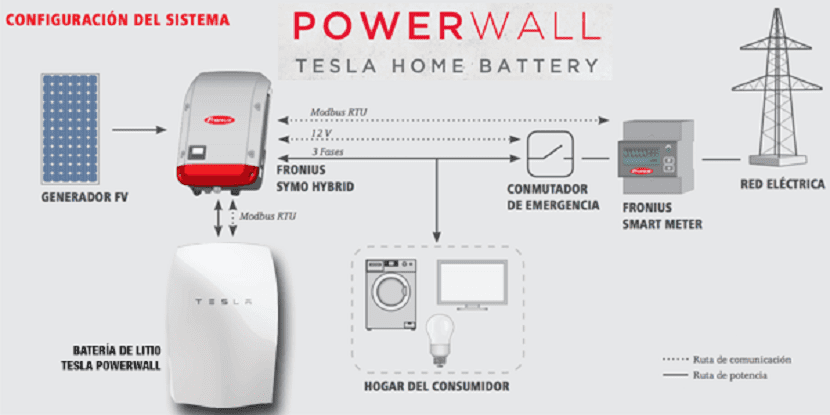
Technological advances in battery manufacturing shouldn't make that figure seem impossible, although the 10-year mark Wright Electric they seem more than ambitious to achieve that an electric passenger plane is able to unite different European cities.

